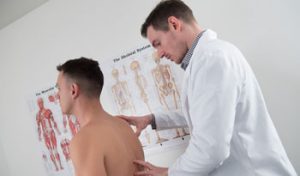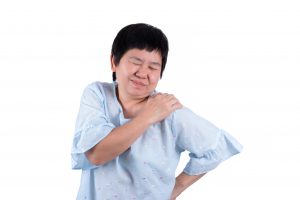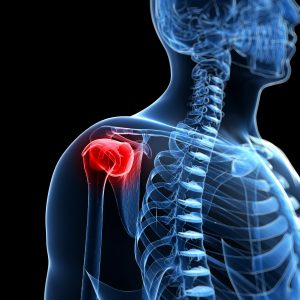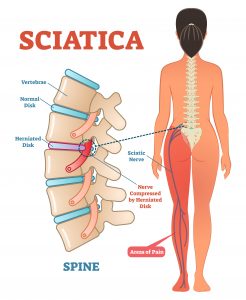Osteopathy Manchester
So How Come Osteopathy Isn’t Well Known in Manchester
 Manchester Osteopathy has a profile problem. An awareness issue.
Manchester Osteopathy has a profile problem. An awareness issue.
Always the bridesmaid, osteopathy is never the bride that is physiotherapy. Or even chiropractic for that matter, both of which seem to have cemented themselves in the public’s consciousness, but both arguably narrower disciplines and less able to cope with the range of issues that osteopathy is so skilled in addressing.
For example though physiotherapy is a great approach to joint pain it could be argued it has more limitations than osteopathy. Why? Because osteopathy, as well as looking at the specific location of pain, looks further.
Renowned for taking into consideration patients’ psychological as well as biomechanics osteopathy is a broader, more holistic, scientific treatment.
Here’s an example:
 If you were to place your hand on your lower back and lean forward in your chair, you’d feel your back muscles tighten. That’s normal. It could be argued that you now have a ‘tight’ back due to the new posture which suggests the source of the tightness is the postural change. Fair enough. But now, and this is where it differs from physiotherapy and chiropractic, osteopathy will not only treat the back pain it will deal with the the posture alteration to reduce the likelihood of a recurrence in the pain.
If you were to place your hand on your lower back and lean forward in your chair, you’d feel your back muscles tighten. That’s normal. It could be argued that you now have a ‘tight’ back due to the new posture which suggests the source of the tightness is the postural change. Fair enough. But now, and this is where it differs from physiotherapy and chiropractic, osteopathy will not only treat the back pain it will deal with the the posture alteration to reduce the likelihood of a recurrence in the pain.
Yet despite many agreeing that osteopathy offers a perfect ‘go to’ remedy for joint pain it’s still relatively unknown in the north of England despite its proven success.
Odd really, as Mancunian culture is world renowned for being innovative and progressive – the city a hotbed of both art and science.
Innovation: The Similarities Between Osteopathy and Manchester
Time to stretch that art and innovation analogy a little? Why not? Very present and very real it’s certainly deserving of both exploration and explanation.
Recently named the third most active tech innovation city in Europe, Manchester’s success isn’t just a recent phenomenon. From the opening of the first public library in 1653, the first international art exhibition in 1857 or splitting the atom in 1917 Manchester has always lead the way when it comes to creativity, innovation and progress. A beautiful blend of art and science. A perfect balance that has allowed each to help the other excel while excelling in its own right.
There are clear parallels with osteopathy which also draws a fine balance between art and science – scientifically evidence-based procedures (like measuring blood pressure or conducting tests to establish levels of neurological damage) alongside softer, more artistic approaches.
The art of osteopathy revealing itself in patient interaction that treats the patient appropriately, empathetically and humanely. The art and science sides to the same osteopathic coin essential to create a the right level of osteopathic care.
Innovation in osteopathy is strong too. Innovation that has lead the way in holistic healthcare – holistic healthcare that studies the body as a whole. Study that includes mental health, diet, exercise and general wellbeing.
In contrast to this the allopathic model, which limits itself to pharmaceutical or exercise therapy, typically examines just the ailment rather than the whole body.
For examples, a typical allopathic model to knee treatment would be to just treat the knee with exercise and pain killers. The holistic method on the other hand would be to gauge how the foot and hip are possibly twisting the knee. At the same time as this extended investigation the practitioner would also be making sure the patient feels looked after and not stressed.
What’s That Sound?
I’m going to stretch that analogy even further here. If you hear a twang and a slap you’ll know this time I’ve taken it too far.
I’m going to talk about values, about perceived truths and about progress.
Progress that saw the development of the world’s first computers at Manchester University in 1948 when they said it couldn’t be done.
Progress that saw Emmeline Pankhurst’s struggle against sexual discrimination eventually victorious when the force of the law/tradition and weight of of public opinion was against her.
Manchester has always been proud to fight the good fight.
Now compare those challenges to an osteopathic philosophy that also fights to be heard – that says natural cure for pain is better for the body than swallowing toxic drugs, or that a run on a sunny day for a vitamin D deficiency instead of supplements is the best thing to do.
Similar stories.
Computing. Social justice. Osteopathy. All fresh thinking that challenged the status quo and initially faced resistance. All now widely accepted and recognised as the way forward.


